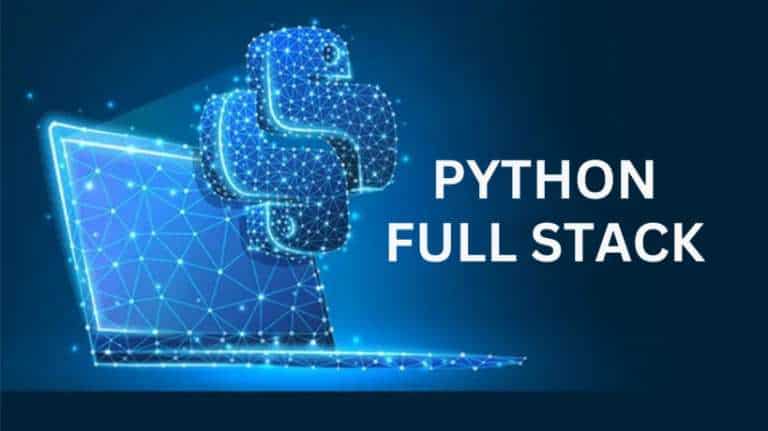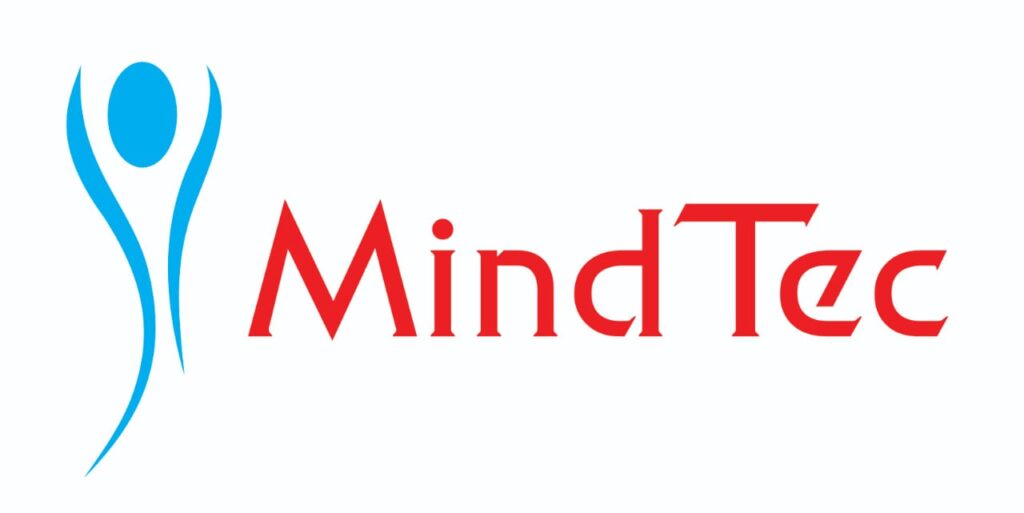
What Exactly is Python Full Stack Development? (The Whole Picture)
Python Full Stack Development refers to the practice of building entire web applications using Python for both the server-side (backend) logic and often integrating it seamlessly with client-side (frontend) technologies.
It encompasses expertise across the “stack,” which typically includes:
Frontend Development (Client-Side): This is everything the user sees and interacts with in their web browser.
HTML: The structure of the web page.
CSS: The styling and visual presentation (colors, fonts, layout).
JavaScript: The interactivity and dynamic behavior (animations, form validations, API calls).
Frontend Frameworks/Libraries (often with Python integration): Tools like React, Angular, Vue.js for building complex user interfaces, and emerging Python-native options like PyScript (running Python directly in the browser) or Reflex (building full-stack apps purely in Python).
Backend Development (Server-Side): This is the “brain” of the application, handling data storage, business logic, user authentication, and communication with databases.
Python: The core programming language.
Python Web Frameworks: Django (a robust, “batteries-included” framework) and Flask (a lightweight micro-framework) are the undisputed leaders. Newer, high-performance options like FastAPI are also gaining significant traction.
APIs (Application Programming Interfaces): How the frontend and backend communicate (e.g., RESTful APIs, GraphQL).
Database Management: Storing, organizing, and retrieving application data.
SQL Databases: PostgreSQL, MySQL, SQLite (often managed with Python ORMs like Django ORM, SQLAlchemy).
NoSQL Databases: MongoDB, Cassandra, Redis for flexible data structures.
Version Control: Managing code changes and facilitating team collaboration.
Git: The industry standard for tracking code versions.
GitHub/GitLab/Bitbucket: Platforms for hosting Git repositories and collaborative development.
Deployment & DevOps: Making the application accessible to users and managing its lifecycle.
Cloud Platforms: AWS, Azure, Google Cloud Platform (GCP), Heroku.
Containerization: Docker for packaging applications and dependencies.
CI/CD (Continuous Integration/Continuous Deployment): Automating testing and deployment processes.
Why Choose Python for Full Stack Development in 2025? (The Perks!)
Python’s remarkable versatility, combined with its strong community and robust libraries, makes it an ideal choice for full stack development:
Simplicity & Readability: Python’s clean syntax and high readability make it relatively easy to learn for beginners and highly efficient for experienced developers. This translates to faster development cycles and easier maintenance.
Rapid Development: Frameworks like Django and Flask come with pre-built components and conventions that significantly accelerate the development process, allowing you to bring ideas to life quickly.
Vast Ecosystem & Libraries: Python boasts an unparalleled collection of libraries for virtually every task – data science (NumPy, Pandas), machine learning (TensorFlow, PyTorch), web scraping (Beautiful Soup, Scrapy), and more. This means less code from scratch and more leveraging existing solutions.
Scalability: Python frameworks are capable of handling large-scale, high-traffic applications, powering giants like Instagram, Spotify, and Dropbox.
Strong Community Support: An enormous and active global community means abundant resources, tutorials, and immediate help for any challenge you encounter.
Cost-Effectiveness: Hiring a full stack developer can be more cost-efficient for businesses as a single individual can manage multiple aspects of a project.
Versatility Beyond Web: As a Python Full Stack Developer, your skills extend beyond just web applications. You’ll be well-positioned to pivot into areas like data science, machine learning, and automation, which are heavily reliant on Python.
Emerging Front-End Python Frameworks: The rise of frameworks like Reflex and Streamlit (for data apps) allows developers to build entire web applications (frontend and backend) purely in Python, streamlining the development process further and reducing the need to context-switch between languages.
